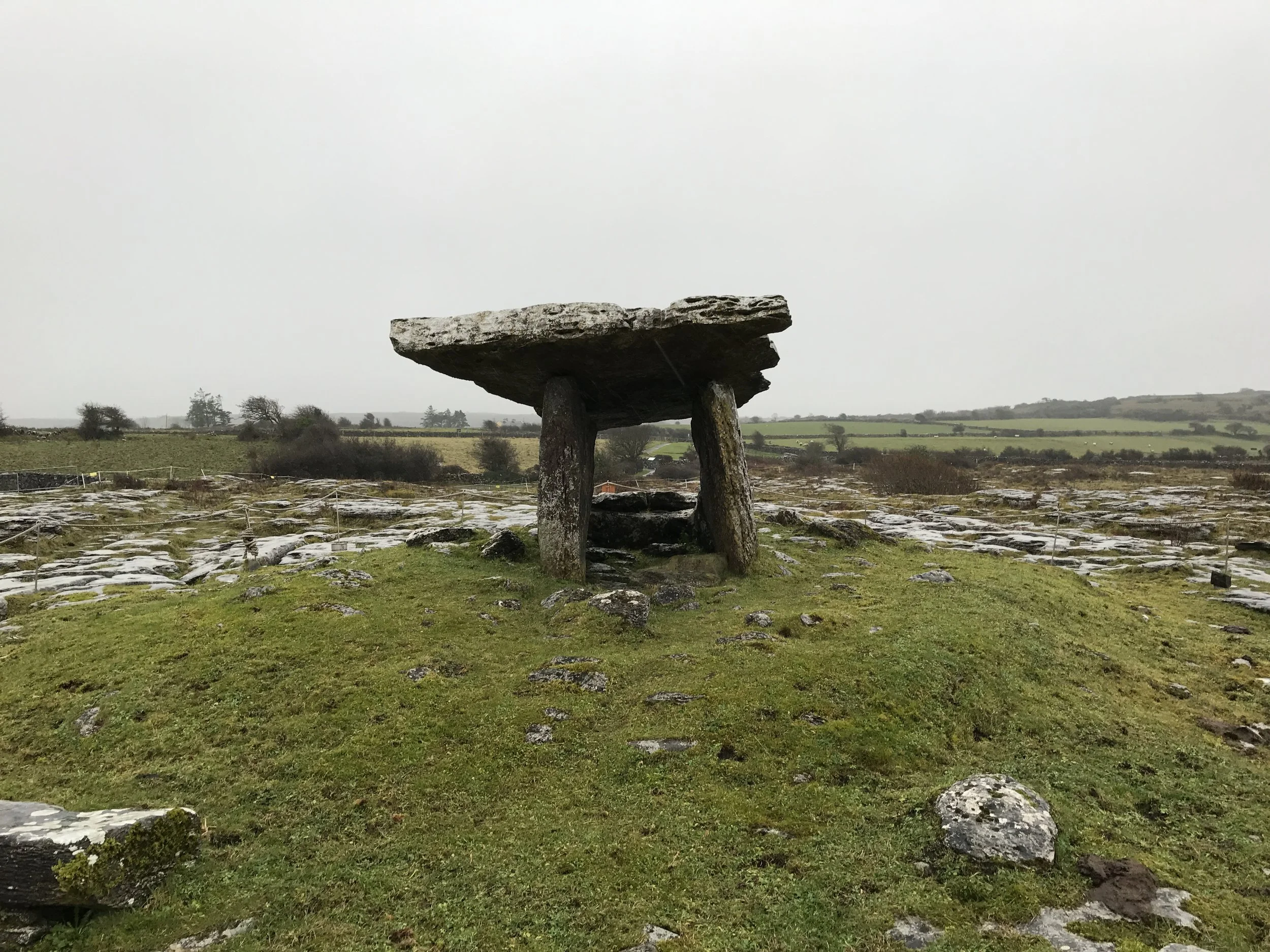Even though the Pyramids in Egypt, Macchu Picchu in Peru, and Angor Wat in Cambodia receive attention as some of the oldest structures on Earth, and rightfully so, there are other locations around the planet that are just as impressive, and just as mysterious. Out of all of these spots, it should come as no surprise that many of these structures are located in Ireland, and one of them, Newgrange, is considered one of the most important megalithic structures in Europe. Like the Poulnabrone Portal Tomb, the site at Newgrange is also a tomb, but is considered a passage tomb that was constructed at a similar time - items at Poulnabrone were dated at around 4200 B.C., and Newgrange was reportedly constructed around 3200 B.C., well before the construction of Stonehenge, and the aforementioned pyramids.
Poulnabrone Portal Tomb
With castles and looming nineteenth century manors, Ireland is well-known for its well-preserved parts of modern history. With much less fanfare, however, Ireland also has a number of well-preserved pieces of ancient history, such as Newgrange, and various portal tombs scattered around the island. While there are over one hundred and seventy portal tombs in Ireland in various states, none is more well-known, visited, and photographed than the Poulnabrone Portal Tomb. Before discussing the many unique features of Poulnabrone, it’s helpful to have a frame of reference as to what “Portal Tombs” or “Dolmens” were. While no one is entirely sure what portal tombs were constructed for, given the length of time that has passed – some five to six thousand years – they are classified as two standing stones standing parallel that are covered by a large top roof stone (known as a “capstone”). And, while no one knows exactly for sure, the “portal” aspect of the tomb was that of a gateway to the “Otherworld” – either keeping it out of our world, or for providing access between realms.



